7evenvox22
legalize prostitution
- Joined
- May 29, 2025
- Posts
- 346
- Reputation
- 617
Thread Song:
Introduction:
You’ve probably heard the saying There’s a fine line between genius and madness. But why does that actually happen? Why do so many brilliant minds, the ones capable of groundbreaking creativity, often drift into instability later in life?
It’s not a coincidence. There’s a deep neurobiological overlap between the circuits that enable extraordinary creativity and those that produce psychopathology when pushed just slightly too far.
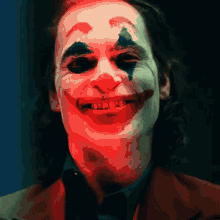
The Architecture of Creativity:
Highly creative minds co-activate two major networks:
- the default mode network (DMN): your brain’s idea generator
- the frontoparietal control network (FPCN): the system that focuses and organizes thought
For most people, these networks alternate; you either brainstorm or you focus. But in highly creative individuals, they work together simultaneously, letting them generate and refine complex ideas at the same time.
This coupling is what drives abstract reasoning and conceptual leaps, the hallmark of genius.
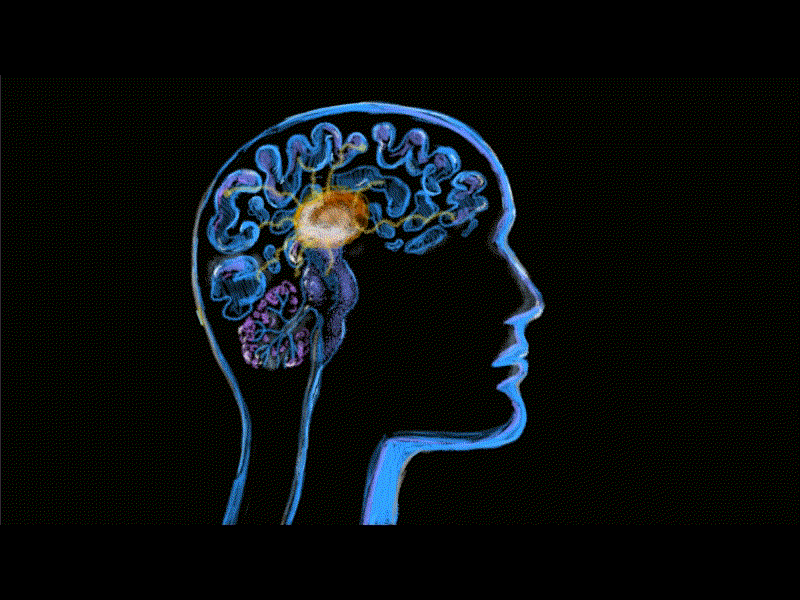
Low Latent Inhibition - The Open Gate:
Another core trait is low latent inhibition, meaning the brain filters out less "irrelevant" information.
Normal brains automatically discard background noise; high-functioning ones let more of it in. That gives them a larger pool of ideas, sensations, and details to recombine into new patterns.
Essentially, they see what others ignore.
But the catch is that this system runs on a knife’s edge; a slightly weaker filter can turn useful openness into mental overload.
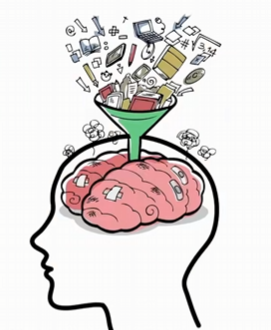
The Balancing Act - Inhibition & Dopamine:
This balance is maintained by parvalbumin interneurons, which time and organize the flow of signals through inhibition. They prevent chaos by structuring how information enters working memory.
At the same time, dopamine in the prefrontal cortex fine-tunes this process too little, and thought becomes rigid; too much, and cognition fragments into noise.
So creativity depends on precise dopamine tuning and stable inhibitory control, both of which are fragile.
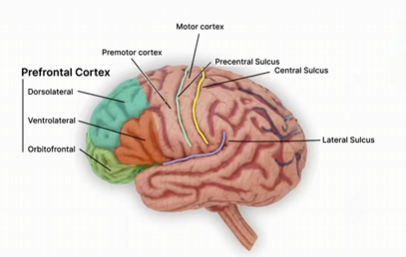
The Collapse - When Genius Tips Into Madness:
The same parameters that allow creative insight also increase vulnerability to mental disorders like schizophrenia.
take low latent inhibition when thalamic gating malfunctions, irrelevant inputs flood the system, leading to sensory overload and disorganized thinking. Or look at the DMN-FPCN coupling in a healthy mind, it’s synchronized; in schizophrenia, the DMN becomes hyperactive, flooding consciousness with unfiltered associations.
What used to be creative cross-linking turns into cognitive chaos.

Genetic Factors:
Some of the genes that enhance cognition also raise susceptibility to mental instability.
for example:
- CACNA1C: improves prefrontal efficiency, but increases schizophrenia risk
- GRIN2B: boosts NMDA receptor activity for learning, yet heightens vulnerability to psychosis
It’s a trade-off wired at the molecular level; you can’t have one without flirting with the other.
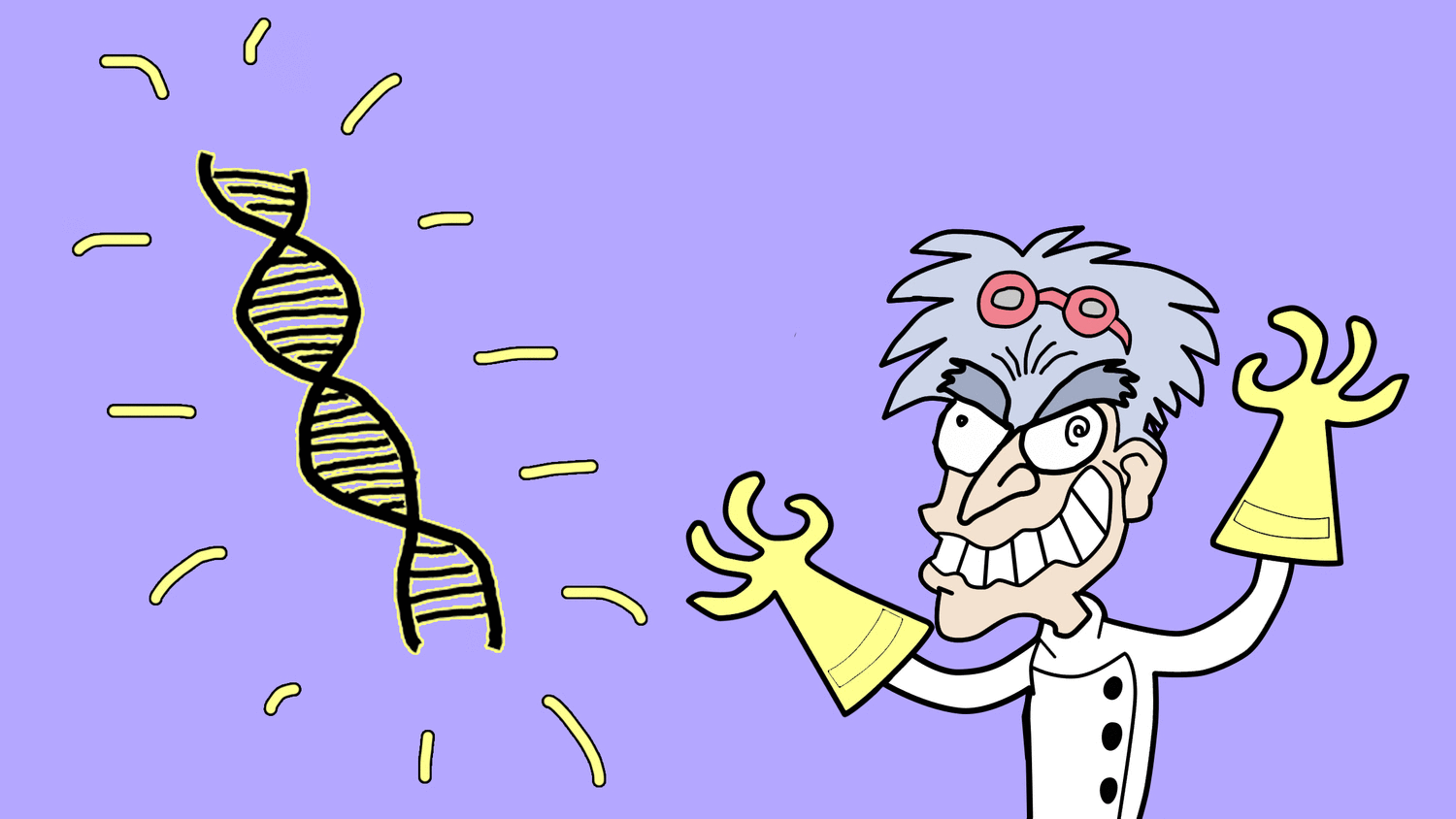
Summary:
- creativity: DMN + FPCN co-activation
- low latent inhibition: more data, more novelty
- parvalbumin interneurons + dopamine: stability and control
- slight dysfunction: sensory overflow, which leads to psychosis
- cognitive genes (CACNA1C, GRIN2B): enhanced reasoning but higher risk
TL;DR:
Genius and madness aren’t opposites; they’re neighbors.
The same traits that make someone capable of immense creativity are the ones that make them vulnerable to losing control of it.
Thank you for reading:
This one’s a bit more philosophical, but I think it’s something everyone’s noticed at some point: the overlap between brilliance and instability. Appreciate everyone still reading and supporting these threads; it means a lot. If you liked it, drop your thoughts. I’ll keep posting more like this soon.

Introduction:
You’ve probably heard the saying There’s a fine line between genius and madness. But why does that actually happen? Why do so many brilliant minds, the ones capable of groundbreaking creativity, often drift into instability later in life?
It’s not a coincidence. There’s a deep neurobiological overlap between the circuits that enable extraordinary creativity and those that produce psychopathology when pushed just slightly too far.

The Architecture of Creativity:
Highly creative minds co-activate two major networks:
- the default mode network (DMN): your brain’s idea generator
- the frontoparietal control network (FPCN): the system that focuses and organizes thought
For most people, these networks alternate; you either brainstorm or you focus. But in highly creative individuals, they work together simultaneously, letting them generate and refine complex ideas at the same time.
This coupling is what drives abstract reasoning and conceptual leaps, the hallmark of genius.

Low Latent Inhibition - The Open Gate:
Another core trait is low latent inhibition, meaning the brain filters out less "irrelevant" information.
Normal brains automatically discard background noise; high-functioning ones let more of it in. That gives them a larger pool of ideas, sensations, and details to recombine into new patterns.
Essentially, they see what others ignore.
But the catch is that this system runs on a knife’s edge; a slightly weaker filter can turn useful openness into mental overload.

The Balancing Act - Inhibition & Dopamine:
This balance is maintained by parvalbumin interneurons, which time and organize the flow of signals through inhibition. They prevent chaos by structuring how information enters working memory.
At the same time, dopamine in the prefrontal cortex fine-tunes this process too little, and thought becomes rigid; too much, and cognition fragments into noise.
So creativity depends on precise dopamine tuning and stable inhibitory control, both of which are fragile.

The Collapse - When Genius Tips Into Madness:
The same parameters that allow creative insight also increase vulnerability to mental disorders like schizophrenia.
take low latent inhibition when thalamic gating malfunctions, irrelevant inputs flood the system, leading to sensory overload and disorganized thinking. Or look at the DMN-FPCN coupling in a healthy mind, it’s synchronized; in schizophrenia, the DMN becomes hyperactive, flooding consciousness with unfiltered associations.
What used to be creative cross-linking turns into cognitive chaos.

Genetic Factors:
Some of the genes that enhance cognition also raise susceptibility to mental instability.
for example:
- CACNA1C: improves prefrontal efficiency, but increases schizophrenia risk
- GRIN2B: boosts NMDA receptor activity for learning, yet heightens vulnerability to psychosis
It’s a trade-off wired at the molecular level; you can’t have one without flirting with the other.

Summary:
- creativity: DMN + FPCN co-activation
- low latent inhibition: more data, more novelty
- parvalbumin interneurons + dopamine: stability and control
- slight dysfunction: sensory overflow, which leads to psychosis
- cognitive genes (CACNA1C, GRIN2B): enhanced reasoning but higher risk
TL;DR:
Genius and madness aren’t opposites; they’re neighbors.
The same traits that make someone capable of immense creativity are the ones that make them vulnerable to losing control of it.
Thank you for reading:
This one’s a bit more philosophical, but I think it’s something everyone’s noticed at some point: the overlap between brilliance and instability. Appreciate everyone still reading and supporting these threads; it means a lot. If you liked it, drop your thoughts. I’ll keep posting more like this soon.



